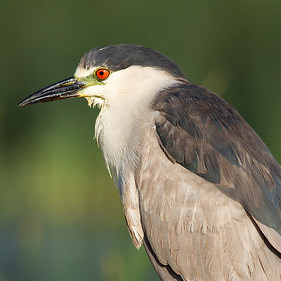How can people’s beliefs help keep the environment from destruction? Is there a relationship between intangible things and environmental sustainability? This article shows how indigenous people’s thoughts, beliefs or cultures contribute to environmental sustainability.
The environment is defined as the totality of tangible and intangible things that surround us. Those things that can normally perceive by our five senses are considered as tangible things while things like norms, values, beliefs, culture and traditions are some of the intangible things that greatly influence one’s behavior.
The Pala’wan, an indigenous group of people once living in the hinterlands of Palawan Island in the Philippines, are usually known for these things. They have lots of beliefs and practices that they kept for thousands of years as part of their culture. These beliefs and practices are linked with the environment. Thus, they managed the natural resources effectively. Their ways are compatible with the environment as they adopt simple living (Docto, 2008).
The Pala’wan‘s cultural identities, social and spiritual relationships are deeply originated in their area and they believe that the environment is governed by gods and goddesses. In this way, they contribute to the conservation and protection of the environment for they respect their sacred resources (Tauli-Corpuz et al., 2010).
Fear of Owls and Night Herons
The Pala’wans are afraid of birds such as owls and night herons, locally known as “gukgok” and “tikwara,” respectively.
What really are the beliefs of the Pala’wans about these species? What causes them to cringe with terror as they hear the sound of these birds?
Let us take a deeper look on these unfounded fear among the indigenous peoples (IPs).
Do not Touch, Catch nor Even Mimic the Calls! You Better Hide Instead!
Through an interview with my dad, I’ve found that the Pala’wans who generally live in the remote areas of southern Palawan, particularly in Quezon and Rizal, harbor the fear of the Rufous Night-heron and the Palawan Scops-owl.
They should not touch, catch or even mimic the calls of these birds, particularly the owl, for they will suffer once they do. They should hide whenever they hear these creatures.
Although my dad is a Pala’wan, and of course I’m a Pala’wan too, we do not subscribe to this belief. However, the IPs in Quezon and Rizal still adhere to this belief; and I know that these beliefs helped conserve the natural resources of the place.
What is the Belief about the Rufous Night-Heron (Nycticorax caledonicus)?

The rufous night-heron, locally known as “tikwara,” is believed to be owned or is a pet of an unseen person. Anyone who dares touch, catch or even imitate the sound that this bird makes will get sick, and even die as a result.
A curse befalls a person if he violates this rule. To be relieved of this curse, he needs to consult an albularyo (a local medicine man) to humbly ask for forgiveness. He goes through a series of rituals; and this is the only remedy to stop the evil consequences.


